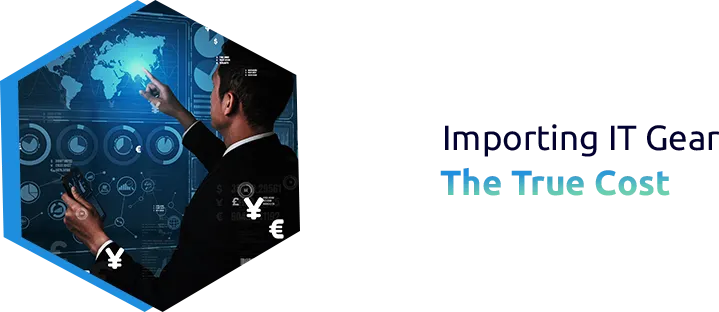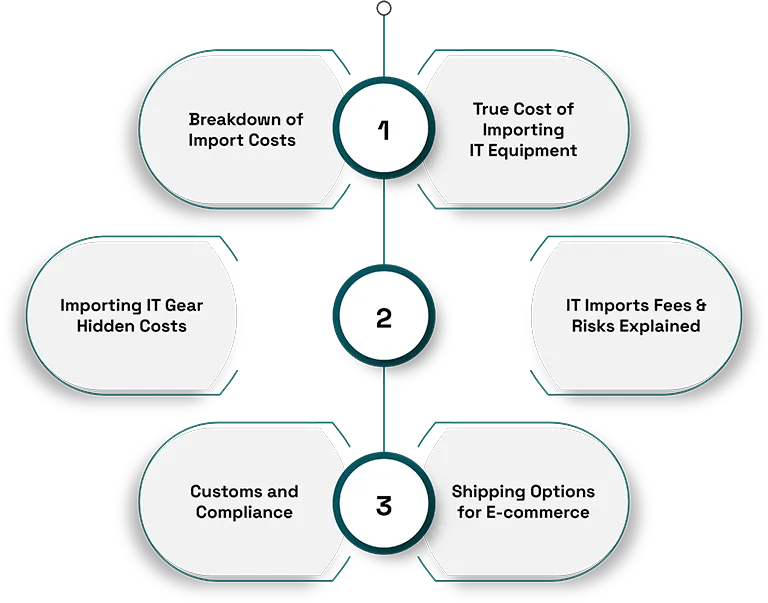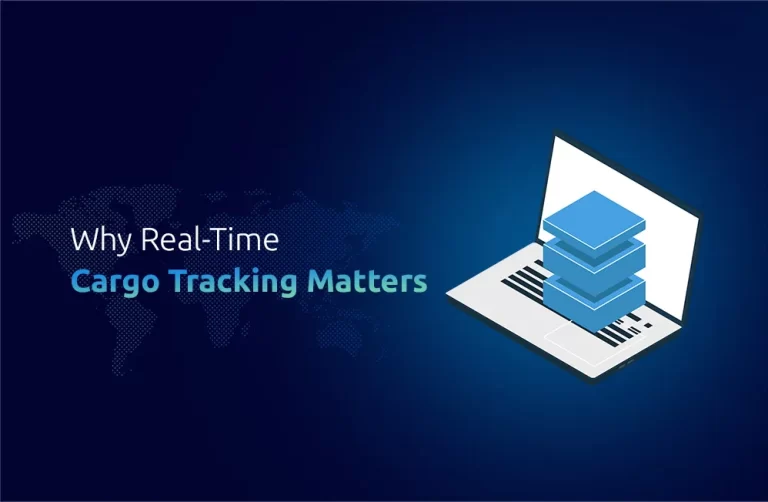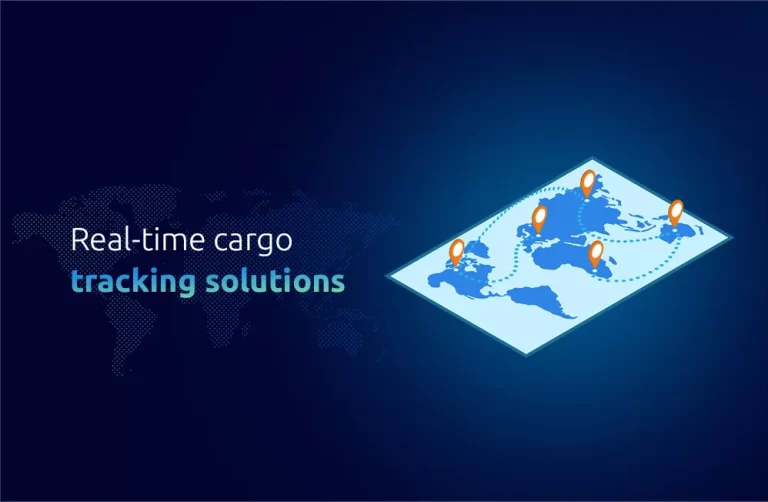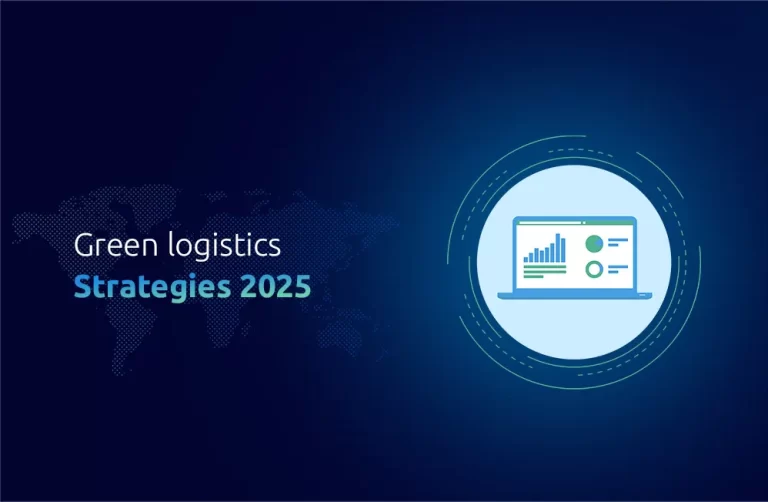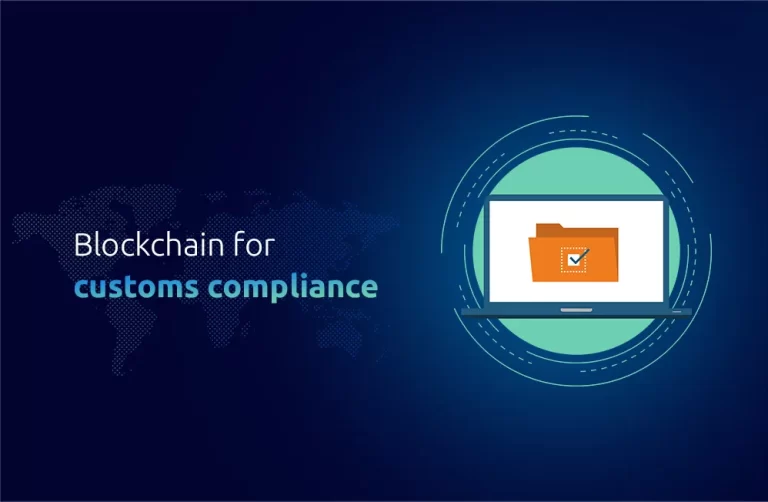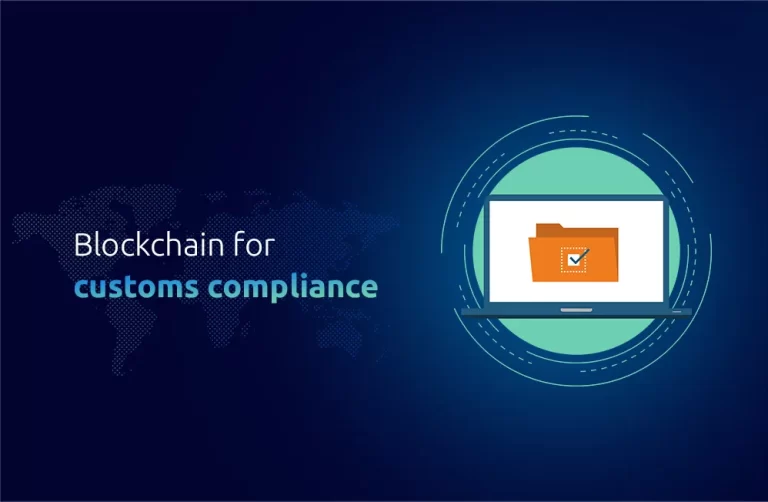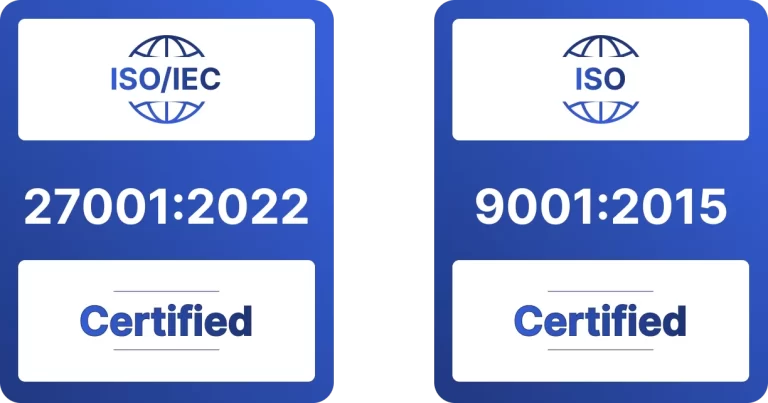The first layer of unexpected expenses usually comes from duties and taxes. Criteria classify every equipment per the HS / Harmonized System code directly affecting India’s import duty & GST applicability. Whether from error or using outdated codes, misclassification can result in customs delays & monetary fines.
It is common for companies to be surprised by extra costs, documentation requirements, and delays in customs clearance because the procurement process appears so simple on paper. These additional costs are not purely financial. The effects cascade through timelines, operations, and future import credibility.
Let’s explore the unseen side of importing high-value IT equipment—and how to manage it better.
The Hidden Financial Layer of Imports
The first layer of surprise expense usually comes from duties and taxes. Each product category comes under an HS Code (Harmonized System) and is directly related to the amount of import duty and GST applicable to it in India. Misclassification can lead to customs holdups and financial penalties by accident or falling back on outdated codes.
Many importers assume that similar equipment shipped previously will attract the same tax structure. However, regulatory updates or changes in trade policy can significantly alter applicable duties. Without proper verification, your import budget can be off by thousands.
Adding to this are handling charges at ports, warehousing costs if shipments are delayed, demurrage, insurance, and brokerage fees. The result? A Total Landed Cost that’s often 20–30% higher than anticipated.
Mis-declaring or Undervaluing Equipment
One of the riskiest shortcuts is under-declaring the value of equipment to reduce the tax burden. While this may seem tempting, customs authorities are vigilant. If they suspect a discrepancy between the declared and market value, the shipment may be held for investigation or revaluation. This not only delays delivery but could also attract fines and reputational damage.
Furthermore, failure to submit accurate product specifications—such as performance capabilities or built-in security components—could lead to non-compliance if the equipment falls under regulated categories that require specific licenses or documentation.
Documentation: More Than Just Paperwork
One of the main reasons for customs delays in India is documentation errors. Red flags at the border can stem from incomplete or inaccurate commercial invoices, missing packing lists, incorrect tariff codes or vague product descriptions.
However, if a country does not notify the other party of the details of the device, such as the country of origin of the device, the power consumption standards it complies with and whether it meets the certification required to enter the local market or not before importing it, it may order that device will not be accepted or will be forced to reorganize.
Customs documentation must be prepared with precision, including details like:
Commercial invoice with correct valuation and HS code
Certificate of origin
Packing list with serial numbers
End-use declaration (if required)
Any applicable regulatory approvals
Overlooking even one of these can result in unexpected costs and delivery delays.
Understanding Temporary Imports
There are many scenarios where high-value IT equipment is brought in temporarily—product demos, international expos, testing phases, or short-term deployments. In these cases, paying full customs duty is avoidable. India recognizes the ATA Carnet, an international customs document that allows duty-free and tax-free temporary imports of specified goods.
However, many businesses remain unaware of this method and end up paying duties on equipment that will be re-exported shortly. Using temporary import methods such as ATA Carnet or applying for temporary admission under national provisions can save considerable costs—if planned in advance.
The key is understanding whether the use case qualifies for temporary import and ensuring that proper documents are filed before the goods arrive.
The Role of Intermediaries and Logistics Partners
Many businesses rely on vendors or freight forwarders to manage import formalities. While this can work, it often creates a gap in accountability. Who is responsible for documentation? Who ensures compliance with Indian import laws? Who absorbs the cost of duties that are miscalculated?
Unless clearly defined, these ambiguities can lead to disputes, last-minute charges, and operational bottlenecks.
Having a knowledgeable intermediary or consulting partner who can manage import documentation, classify goods correctly, and track customs compliance is critical. This ensures there’s no blame game at the last mile and that risks are managed proactively.
Choosing the Right Transport Mode
The urgency of your shipment often dictates your transport choice. Air freight offers speed but at a premium. Sea freight is economical for bulk loads but comes with longer lead times. Road transport is often used domestically post-clearance. But here’s the catch: every mode comes with its own cost implications at customs.
Air freight typically incurs higher handling fees and expedited documentation scrutiny due to its use for shipping high-value equipment in smaller packages. In contrast, sea freight often requires longer warehousing at ports, leading to demurrage costs in cases where customs clearance takes longer.
Understanding which mode aligns with your priorities.
Cost, speed, and safety can make a notable difference in the final landed price.Total Landed Cost: A Non-Negotiable Insight
Many importers make the mistake of calculating only the CIF (Cost, Insurance, Freight) value. But the Total Landed Cost (TLC) includes:
Product cost
Import duties and GST
Brokerage and handling fees
Inspection and testing charges
Warehousing and inland transport
Compliance documentation costs
Pre-procurement TLC analysis enables better budgeting, improved vendor negotiations, and reduced surprises after product shipment. It’s not only what you shell out for the equipment itself: It’s what sets you back to having it in your hands, operating properly and compliant.
Conclusion
As there are hidden costs involved in IT equipment imports, these can be avoided with the right strategizing, correct documentation, and understanding of customs processes. Whether a single import or a long-term sourcing plan, you save time, money and hassle by ensuring transparency and compliance at every step. That’s why at One Union Solutions, we’ve got a tailored, smarter solution for your import requirements to keep your processes running smoothly & cost-effectively.
Did You Know?
According to India’s Ministry of Finance (2023), over 50% of high-value electronic imports face clearance delays due to HS code errors and incomplete paperwork.
FAQs
1. What is the most overlooked cost when importing high-value IT equipment?
The most overlooked is the Total Landed Cost, which includes taxes, customs charges, brokerage fees, and post-arrival transport—not just the product and freight.
2. Can I import equipment temporarily without paying customs duty?
Yes, if your use case qualifies under temporary importation rules like the ATA Carnet. The equipment must be re-exported within a defined period.
3. What will happen if an incorrect HS code is used?
Selecting an incorrect HS code could result in higher duties, customs delays, penalties or seizure of goods. Always double-check which classification applies at this time.
4. Is undervaluing goods to save on duty a good idea?
No. Undervaluation is risky and illegal. Customs has valuation databases and can flag inconsistencies. This can lead to fines or shipment seizure.
5. Who is responsible for ensuring documentation is complete?
Ultimately, the importer. Even if logistics partners assist, customs holds the importer accountable for the accuracy and completeness of paperwork.


